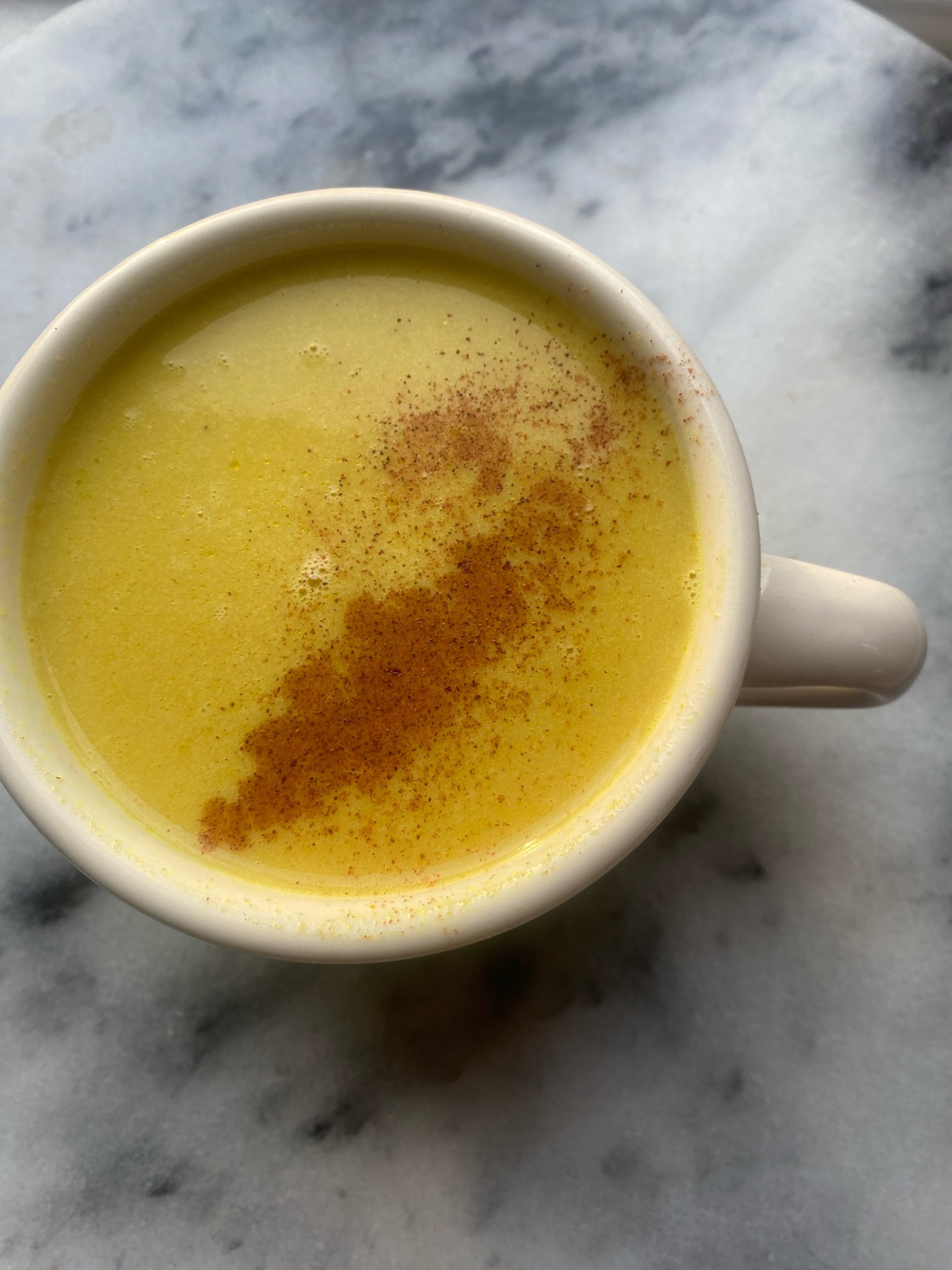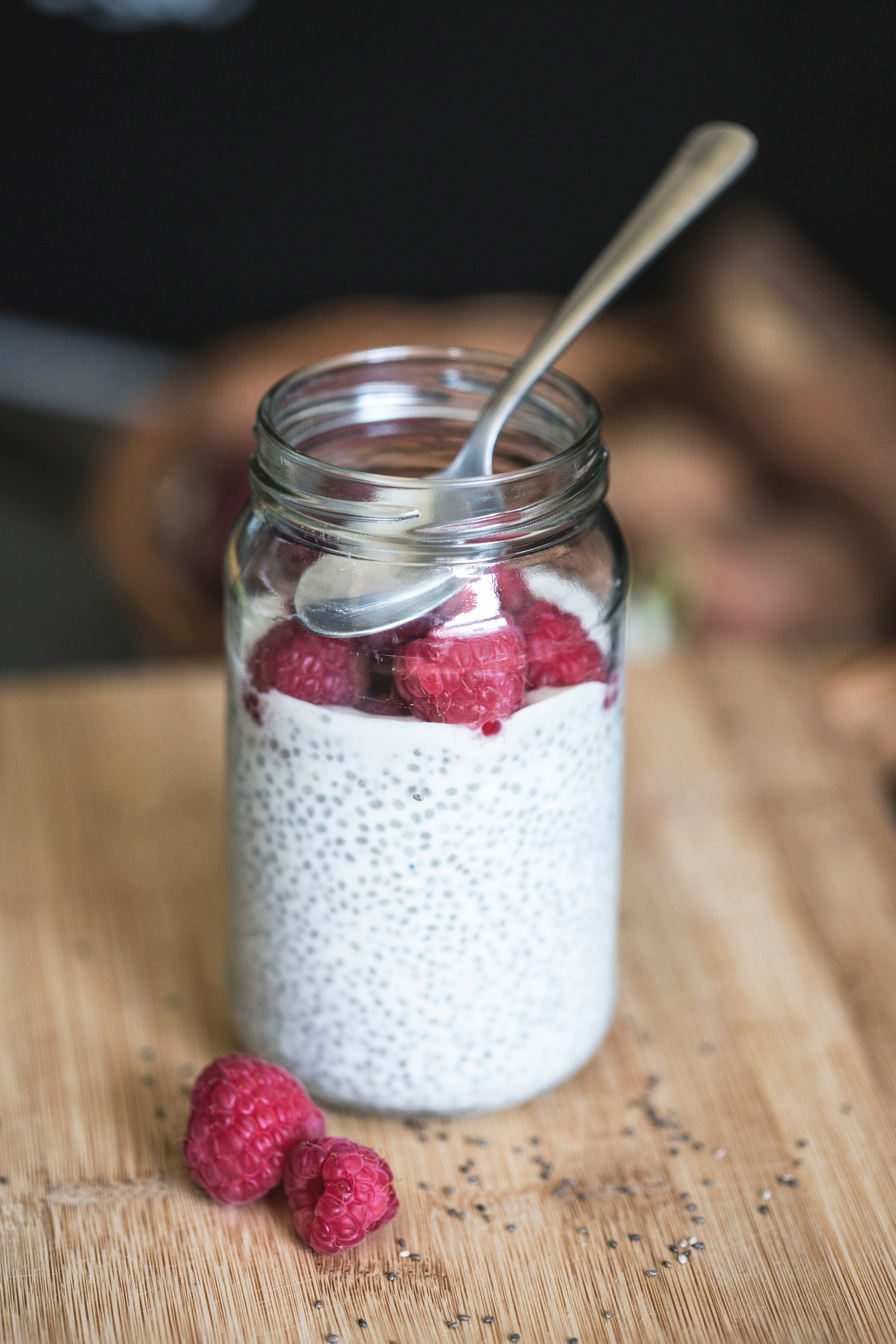How to Make Turmeric Paste

Turmeric paste is a versatile, nourishing staple in my kitchen—a recipe I love to experiment with. Over the years, I’ve refined and adjusted it countless times, tweaking proportions and ingredients to achieve the ideal flavor and texture. At its core, turmeric paste can be made with just ground turmeric powder and coconut oil, or even more simply, turmeric powder and water. Yet, I find that adding a few other herbs and spices creates a flavor profile that’s not only delicious but also maximizes the paste’s wellness potential.
This paste serves as a base that can be tailored to your tastes and the recipes you plan to use it in. Whether you’re looking to incorporate it into teas, golden milk, savory dishes, or beauty routines, don’t hesitate to make it your own. Adjust the ratios, play with the texture, and explore various flavors—finding what works best for you is half the fun. Once you start experimenting with turmeric paste, you’ll likely discover it’s a wonderful and easy way to add a vibrant, earthy warmth to your daily routine.
Turmeric (Rhizoma Curcumae Longae)- Known as Jiang Huang, a golden-hued spice that holds a wealth of health benefits. Turmeric is seen as a warming agent that invigorates blood circulation, dispels dampness, and aligns with the Spleen, Stomach, and Liver meridians. It is often used to address conditions linked to stagnation, such as pain and inflammation. The active compound, curcumin, in turmeric is recognized for its potent anti-inflammatory and antioxidant properties. Studies suggest its potential in managing chronic inflammatory conditions, contributing to heart health, and supporting brain health by reducing oxidative stress. Check out this article to learn more about its benefits.
INGREDIENTS
1/2½cup of organic ground turmeric
1/4 cup of ghee/ or coconut oil
1/4 tsp. black pepper
1 tsp. cinnamon powder
2 tsp. cardamom powder
1 tsp. ground ginger powder
1 tsp. nutmeg powder
1- 1 1/2 cup filtered water
A pinch of sea salt
A clean glass jar for storage
PROCEDURE
1. Mix the cinnamon, cardamom, ginger, nutmeg, salt, and pepper into a bowl and set it aside.
2. Add water and turmeric powder into a small sauce pot, simmer together on low heat, stirring constantly. Keep stirring until the mixture has reached a paste-like consistency, about 3 minutes. Slowly stir in the other spices.
3. Add ghee or coconut oil and blend thoroughly. You can add the additional 1/2 cup water if you want the paste to be a bit thinner, stir in completely.
4. While the paste is still warm, pour it into the glass container
5. Let cool, and refrigerate. The mixture will thicken as it cools. It may be stored in the fridge for 2–3 weeks, or frozen immediately and thawed for use.

Fireside tonic has been used in natural medicine to help ward off colds and boost digestion. This article offers an east to follow recipe.
Quick pickles are some of my fav dishes- Heres an easy recipe for pickled Daikon Radish!
This simple tea recipe talks about the benefits of goji, da zao, and longan tea, with an easy delicious recipe for vitality and beauty!
This recipe is for turmeric paste, an amazing way to prepare turmeric to make easy and potent lattes, curries, herbal remedies.
This Refreshing Cucumber Salad with rice wine vinegar offers a perfect balance of tangy, sweet, and savory flavors, with a hint of sesame and garlic for a light yet flavorful side dish.
This recipe is for a quick pickled onion, which makes a delicious and healthy addition to many dishes.
Thie quick recipe makes a delightful gingery spinach side dish to accompany any meal.
Learn about Kidney Yang Deficiency in Traditional Chinese Medicine, including signs, symptoms, food choices, and lifestyle tips to restore balance and vitality. Discover a warming recipe to support Kidney Yang health.
Discover how acupuncture can calm your mind, balance your body, and support lasting relief from anxiety. Learn what to expect in a session, how it works, and why more people are turning to this natural solution for modern-day stress.
Read along for some simple tips to align with the Springtime.
This article explains the Liver Organ System in Chinese Medicine.. and goes into detail about its functions and importance upon governing the smooth flow of Qi, and hence overall well-being.
This article explains the importance of the fascial network and ways to access it for better health.
This article explains how to perform moxa safely at home.
Intro to Red Light Therapy (RLT) and its benefits when used in conjunction with acupuncture.
This article explores the mind-body connection in Chinese Medicine, a concept known as the Shen. It helps explains the 5 aspects of the Shen and their links to Organ Systems and meridians.
Product Review of Dose for your Liver, a tasty herbal elixir.
Traveling the world with children is such a rewarding experience, albeit sometimes stressful. Being prepared with natural remedies and a proper first aid kit is essential!
In this article, we dive into the essence of the San Jiao and its significance as three distinct divisions, and one complete system, of the body.
This article explores what Chinese Medicine teaches us about aging gracefully, and the important role of food, herbs, and exercise in maintaining vitality and well-being as we age.
Spleen Qi Deficiency is a very common imbalance in Chinese Medicine. This article explains what that means, and what to do about it. It offers lifestyle suggestions as well as food choices, while giving an extensive overview of the theory attached from TCM.
The Stomach Bug can be quick and dirty. Here are some natural options to help soothe.
The Elimination diet is the “gold standard” when it comes to figuring out food sensitivities. This 3-5 week protocol can help you make individualized health choices to optimize your digestive function.
Looking for ways to incorporate herbs into your daily life? This article gives some of the most common, and delicious, food grade herbs to help improve your health and your cooking!
Discover how Traditional Chinese Medicine uses tongue diagnosis to reveal imbalances in Qi, Blood, and Organ health.
Cupping therapy is an amazing and feel-good modality that can help a wide variety of aliments. Read on to learn more.
The Large Intestine is an important Organ System of the Metal element in TCM. Read on to learn more about its significance and role in keeping you healthy and balanced.
This delicious snack is vegan, paleo, gluten-free, and AMAZING! It is very versatile and full of protein to keep you energized and feeling good! Check out this article for an easy recipe.
Explore ways to make your bath more ritualistic and healing through herbs, salts, and scents.
In this article, we will explore how natural medicine techniques, herbs, and Chinese medicine can be incredibly useful for children's health.
NORA tea, a popular herbal blend of Nettles, Oatstraw, Red Raspberry Leaf, and Alfalfa, offers unique benefits, making this tea an ideal choice for late-term pregnancy and postpartum recovery.
This article explores the nutritional principles of TCM and how they can be applied to support fertility naturally.
Facial cupping is a gentle, non-invasive technique that uses suction to improve circulation, boost collagen production, reduce puffiness, and promote a glowing complexion without leaving noticeable marks.
Seed Cycling is an easy and effective way help regulate your hormones and support a healthy menstrual cycle through diet and nutrition. Using the natural wisdom and innate properties of specific seeds and nutritional oils, we find more balance with in the menstrual cycle and hormones. This article is a guide to get started with helpful tips as well as a brief Chinese medicine outlook too!












































This simple receipe for nourishing chicken can easily become a staple in your household!